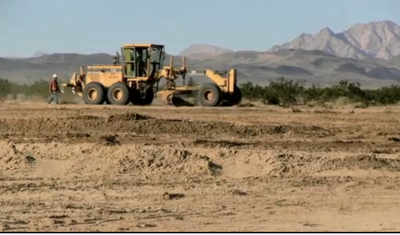A Story of Love and Disappointment
John Muir, frustrated by plans in the early 1900s to inundate a beautiful valley for a large reservoir far from its future customers in San Francisco, warned that people were susceptible to view nature as a resource to be plundered, instead of something to be cherished: "...robbers of every degree from Satan to Senators, city supervisors, lumbermen, cattlemen, farmers, etc., trying to make everything dollarable, oftentimes disguised in smiles and philanthropy, calling their plundering "utilization of natural beneficent resources," that man and beast may be fed and the Nation allowed to grow great." John Muir would ultimately be disappointed when close friends he once counted as allies betrayed him and permitted the beautiful Hetch Hetchy Valley to become a reservoir. His friend Andrew Carnegie said: "John Muir is a fine Scotchman...but for all that it is too foolish to say that the imperative needs of a city to a full and pure water supply should be thwarted


